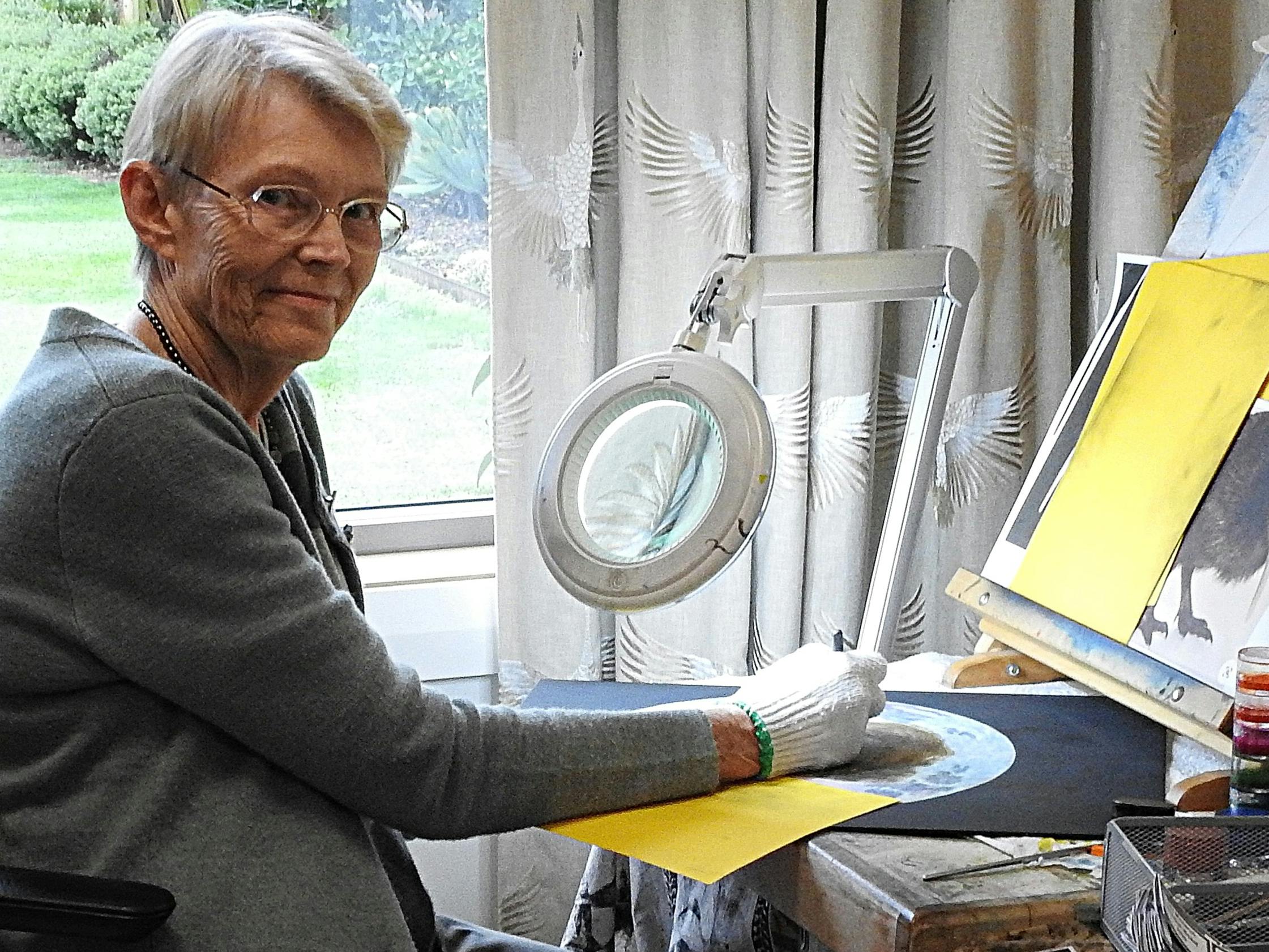How do I prepare a Scratchboard?
Scratchboarding is not a forgiving medium, so it's important to prepare your composition and board before you start scratching!

What type of Scratchboard should I use?
There are two types of Scratchboard: (1) white clay, covered with black ink; and (2) plain white clay. This blog article focuses on the preparation of the first type - the white clay board covered in black ink. The only brand of Scratchboard I use is the Ampersand Scratchbord™. This is a superior product, which is made in the USA.
What are the steps to prepare my Scratchboard?
Scratchboarding is not a forgiving medium! Once you've made scratch marks on your board, you cannot rub them out (although you might be able to cover small errors with black ink) - so it's critically important to prepare your composition before you start scratching! I recommend you follow these steps:
- Use pencil to draw your picture on a piece of tracing paper. The tracing paper should be a similar in size to that of your Scratchboard.
- Review yor composition and amend, add or remove images from the tracing paper (at this stage you can still use an eraser to change your drawing!).
- Once happy with your drawing, turn your tracing paper over and use a light-coloured hard pastel stick to cover the tracing paper with a light film of pastel (tip: use the pastel stick on it's side)
You are now ready to create your masterpiece! What a wonderful medium scratch board is.
How do I protect the Scratchboard while working on it?
As Scratchboards are delicate, you need to take precautions to ensure you don't damage the board or smudge your work as you're creating a masterpiece. I recommend you take the following precautions:
- Wear fabric gloves to prevent oil from your skin transferring onto the board. These don't need to be anything fancy or expensive, you can get fabric gloves at any art shop or hardware store.
- Cover the part of the Scratchboard that you hand is resting on with a piece of paper while working to protect your board from smudging.
- Don't wear wrist jewellery on your scratching hand! It's too easy to inadvertently scratch your board with a watch or bracelet.
- Use a very soft paint brush or mini-vacuum to remove 'scratch dust' frequently. Not only will this ensure your workspace remains clean, but it will help to avoid smudging.
Marion, June 2025